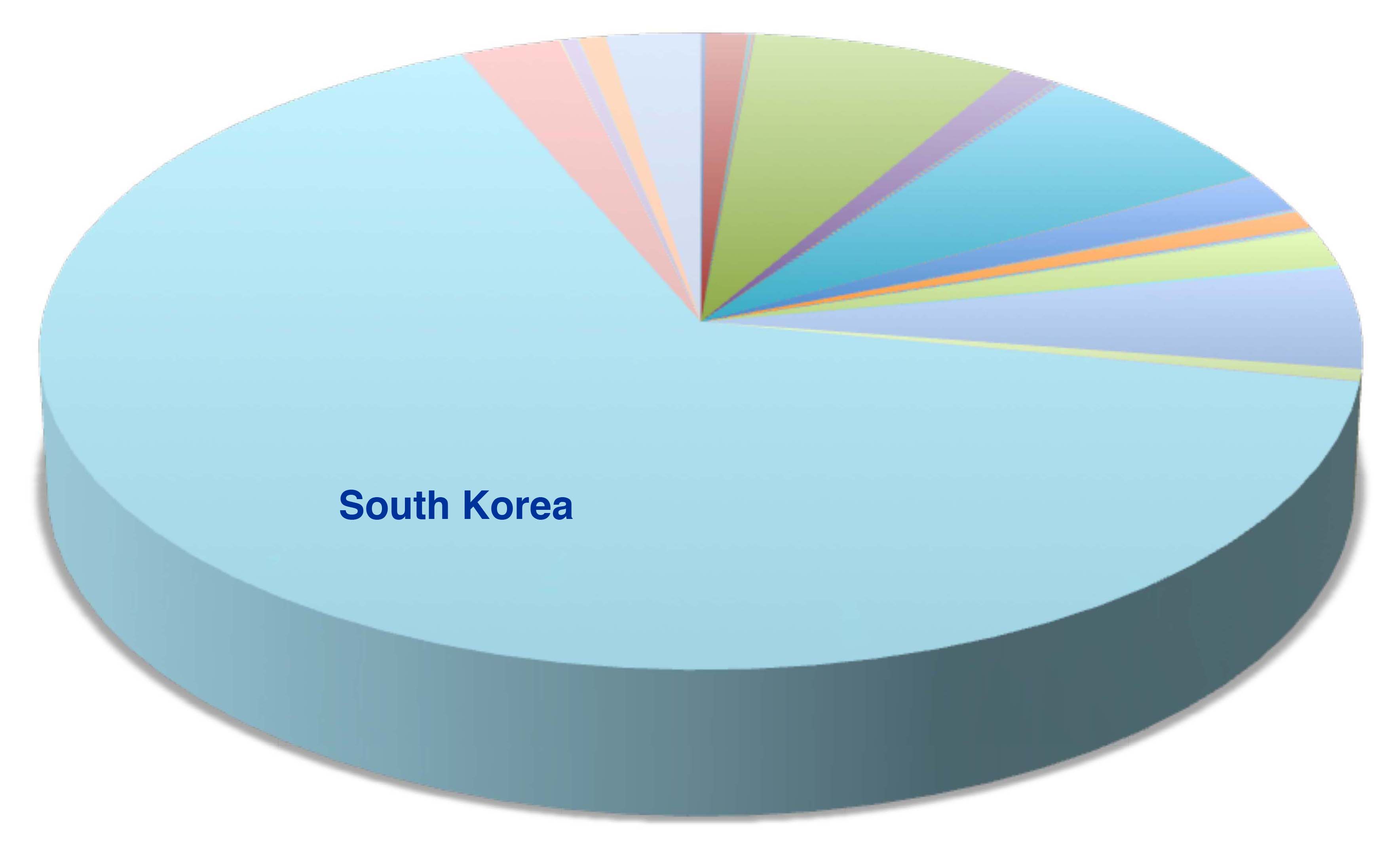Innovation For VUCA Times: 14th Summit
While the VUCA global economy still presents challenges on a regular basis, North America and Europe are becoming more predictable and hence stable. This past year, companies have regained some moxie to attempt higher levels of innovation. If you have not yet been able to participate in our Innovation Summit, 2016 is likely a good year to consider doing so.
Incremental For A Decade
Robert Cooper’s research showed that spending on “New To-The-World/Market” was down 43.7% and spending on “New Product Lines” was down 30.1%, while spending on improvements and modifications was up 80.1% this past decade. Bottom feeding will not go on forever. Soon, your company will be increasing the risk of its new product portfolio spending. Year-over-year cost reductions and productivity gains are no longer putting up enough numbers on Wall Street. And, some of the new product directions will be surprising. It is the internet age.
Last year was a banner year for the development of new metrics aimed at measuring overall levels of innovation. New measures in this area are an indicator of the demand for innovation. R&D Productivity and R&D Efficiency were introduced, and Research Quotient gained some momentum. RQ is focused on measuring the right level of investment, versus measuring the results of investments. Another good sign.
Disruptive Forces Grow
Since our first Summit in 2005, GGI has constantly refreshed our curriculum. As we wrote you last year, only a few pages of our original course book remain today. We were pleased that several of our long term colleagues, who attended our original Summits, registered again for our Summit last spring. All went well.
Let’s pick one example of keeping current. 2015 marked the 20th anniversary of Clayton Christiansen’s first publication on Disruptive Innovation. Back in 1995, we looked at cascading s-curves to describe the science of disruption. We were left to figure out our own mechanics on how to get there. Last year, GGI researched the evolving “how to disrupt” methods that are starting to take shape. We don’t think every one of these techniques makes for winning products, but they all have backers and most have the potential to do so. If an executive asked you to define a product that innovates from the bottom of the pyramid, are you ready to take the lead on that project? How about one that produces a big bang, or a digical outcome?
• Reverse Innovation
• Bottom of Pyramid Innovation
• Trickle-Up Innovation
• Disruptive Innovation
• Emerging Technology Innovation
• Big Bang Innovation
• Digical Innovation
• Sustainable Innovation
• Design Thinking
• Ambidextrous Innovation
Managers Migrate Practices
Our Summit always maintains its focus on management’s ability to fund, deploy, train, implement, measure, and to get a financial result from the subjects that comprise each of the eight modules. While we do discuss tools and tactics and the like, it is always from the perspective of a manager being able to direct and/or lead innovation initiatives. If you manage budgets, departments, functions, people, or projects our Summits are quite useful.
Dick Power and I continue to lead the Summit. Adam and Bill address a large module on intellectual property, focused on the ability to create the best offensive and defensive positions and on how to assess their value in dollars. Richard takes us through the possibilities of TRIZ, perhaps the most powerful single innovation tool available.
Please join us, or suggest that a colleague join us, for an unbiased articulation of the innovation and intellectual property capabilities that are available to corporations today. Some have said, “GGI’s Summit is an executive MBA on Innovation in three days.”
Companies That Have Participated *** Comments From Summit Alumni
We hope you will join us, Tuesday to Thursday, March 29-31! There is a Reception on Wednesday evening. Thank you for considering our Summit!
Early Bird Rates for the 14th Innovation Summit end Friday January 29, 2016 at 8:00 PM EDT.
Innovation For VUCA Times: 14th Summit Read More »
![Goldense Group, Inc. [GGI] Logo](https://goldensegroupinc.com/blog/tangible-innovation/wp-content/uploads/2022/03/logo-corp-darkBlue-65x65.png)


